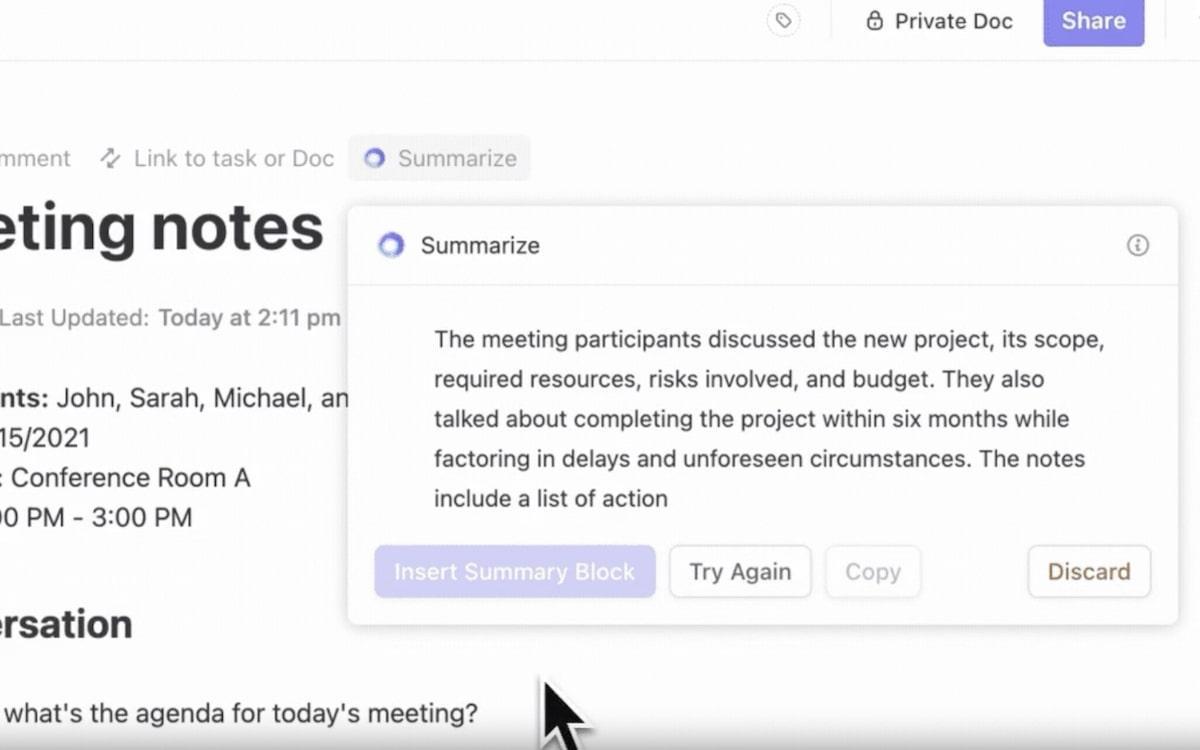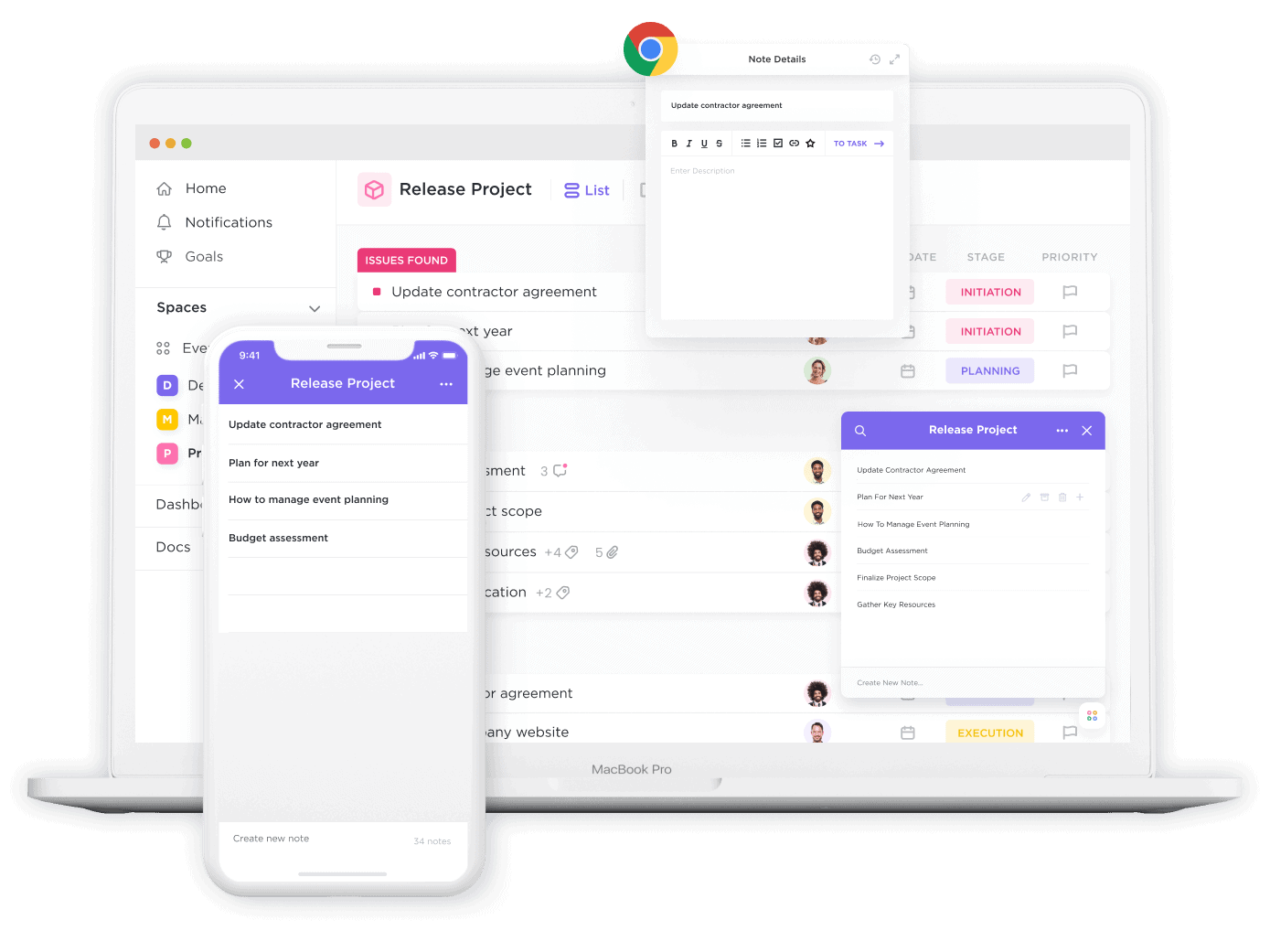How to Export Notes from Evernote into Other Apps

Sorry, there were no results found for “”
Sorry, there were no results found for “”
Sorry, there were no results found for “”

Evernote has been a popular notes app for years since it launched in 2008. However, with all the changes they’ve gone through recently, many Evernote users have moved—or are thinking of moving—to another note-taking solution.
Whether you want to move or simply feel secure with a backup of your Evernote content, you can choose from plenty of Evernote alternatives. And if the thought of transferring all your notes gives you nightmares, don’t worry—this blog will show you how to export from Evernote, step by step.
When exporting from Evernote, we recommend using the ‘Export Notebook’ function, which lets Evernote users export entire notebooks. This is better than the ‘Export Notes’ option as it retains the organized structure you’ve painstakingly created in notebooks. We’ll also talk about alternative note-taking apps for Android and iOS. Let’s get to it.
Whether you’re transitioning to a different note-taking app or looking for a more collaborative platform, such as ClickUp, here’s how you can ensure a smooth export process
Note: You can only export from Evernote using the desktop app for Windows or Mac; it can’t be done through the browser or app.
Open the app and go to your Evernote Dashboard

The export process is quite similar on both Mac and Windows. Ensure you’re using the latest version of Evernote for a seamless export experience.
Switching from Evernote? ClickUp’s Daily Notes Template offers a simple way to keep your notes organized once you’ve exported your content.
Navigate through your Evernote notebooks and decide whether you want to export specific notes or entire notebooks. If you have only a few dozen notes, it’s alright to export them. However, remember that exporting notes (instead of notebooks) is only possible 100 notes at a time. As mentioned earlier, we prefer the Export Notebooks option.
Right-click (or control-click on Mac) on the notebook or select multiple notes you wish to export.

After selecting the notes or notebook, look for the ‘Export’ option.
This can usually be found in the menu after right-clicking your selection. Click ‘Export’ to proceed.

Evernote offers several export formats. Select the file format from the options available.

The ENEX file format is recommended for most note-taking apps as it retains most of its original formatting and metadata (e.g., tags, created date).
However, you can also choose the HTML file option for broader compatibility, especially for web use or viewing notes as documents.
After choosing your desired format, click ‘Save’. Decide on a location on your computer where you want to save the exported Evernote files. This could be a dedicated folder if you’re exporting multiple notebooks or notes.
Enter the file name, select the destination, and click ‘Save’.

Once you’ve exported your notes, open the app you wish to transfer your notes to. Most note-taking apps have an ‘Import’ button or option, usually in the settings or file menu. Use this feature to select and import the exported ENEX or HTML files.
Different apps may offer different ways of importing notes, so you’ll likely follow one of these two steps:
After importing, take a moment to verify that all notes have been transferred correctly. Check for any formatting issues or missing metadata and adjust as necessary.
Related: Evernote templates for note-taking
Evernote was a staple in the note-taking app industry for years.
However, as we mentioned earlier, with the changes to Evernote’s pricing and features, users may consider other options. Here are some reasons that might prompt you to export your notes out of Evernote:
The recent changes to the Free Plan can be why many users want to switch to other platforms.
Evernote updated its pricing structure, significantly impacting free plan users by limiting them to managing only 50 notes and one notebook. This change has left many looking for alternatives to Evernote that offer more flexibility without needing a subscription.
Evernote’s free version restricts users from syncing their notes across devices.
This limitation can significantly hinder productivity and access to information when needed for individuals and professionals who work across multiple devices.
While Evernote offers a range of advanced features, including offline access, more extensive upload capacities, and advanced search capabilities, these come at a premium.
The subscription cost for accessing these features may not fit everyone’s budget, especially when other note-taking apps offer similar functionalities for free or at a lower price.
Evernote’s proprietary format can sometimes pose challenges for users wanting to export notes, especially if looking to maintain the integrity of their data when moving to another platform.
While Evernote does support exporting notes in ENEX and HTML formats, transitioning to other note-taking apps might require additional steps or third-party tools to ensure a seamless transfer.
For teams or projects requiring more collaborative functionalities, users might find Evernote’s capabilities are lacking compared to other platforms like ClickUp, which is designed with collaboration at its core.
ClickUp offers advanced note-taking capabilities and integrates project management, AI assistance, and team collaboration features in one place.
ClickUp is a prime choice for those seeking an organized, intuitive, and feature-rich platform for capturing their thoughts, ideas, and to-dos. For individuals who appreciate the art of note-taking, ClickUp offers unique tools that elevate the traditional note-taking experience. Here’s a closer look at how ClickUp stands out for note-takers:
📮ClickUp Insight: 83% of knowledge workers rely primarily on email and chat for team communication. However, nearly 60% of their workday is lost switching between these tools and searching for information. With an everything app for work like ClickUp, your project management, messaging, emails, and chats all converge in one place! It’s time to centralize and energize!
ClickUp’s Notepad is ingeniously designed to transform how you capture, organize, and action your thoughts and ideas. Here’s how ClickUp’s Notepad elevates the note-taking experience:

ClickUp’s suite of AI tools for note-keeping enhances productivity and knowledge management as you can seamlessly integrate tasks, docs, people, and all your company’s knowledge. Here are some prominent features that enhance your note-taking app experience:
Related: 10 Best AI Tools for Meeting Notes
ClickUp Docs transforms your note-taking into a dynamic and collaborative experience, seamlessly integrating with your projects and tasks. Here’s how ClickUp Docs revolutionizes the way you capture and manage information:
Exporting your notes from Evernote and transitioning them into other apps can unlock new levels of organization, collaboration, and productivity for your projects and ideas.
With detailed steps and an understanding of the nuances of each process, you can ensure a smooth migration of your digital notes to a platform that caters better to your unique needs.
Embrace the opportunity to enhance your note-taking and project management practices by leveraging the advanced features and intuitive design of ClickUp.
Ready to boost your productivity and streamline your workflows? Start by exporting your notes to ClickUp today and discover a more efficient way to manage your tasks and projects.
Sign Up for free on ClickUp now!
Exporting your entire Evernote library involves a few simple steps. First, open Evernote on your desktop, as this feature may not be available on mobile versions. Access your Evernote account, and you’ll see your list of notebooks on the sidebar. Since Evernote doesn’t allow exporting all notebooks at once through a single click, you’ll need to export each notebook individually.
Evernote does not directly export notes as PDF files from within the app. However, you can export your notes as HTML or ENEX files and then convert these to PDF using a third-party app or software that supports this format conversion. Another workaround is to open the note you wish to convert in Evernote, then use the print function on your computer to ‘Print to PDF,’ which is available on both Mac and Windows.
Exporting from Evernote to Microsoft Word involves converting your notes into a format Word can read. Evernote’s direct export options include ENEX and HTML formats, neither of which can be directly opened with Word. Here’s a workaround:
© 2025 ClickUp